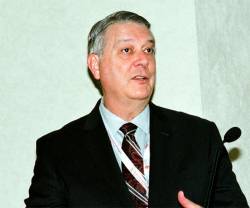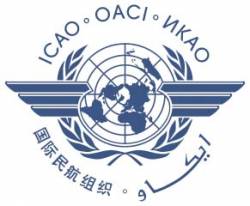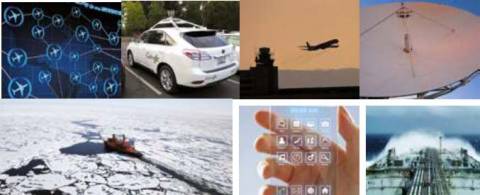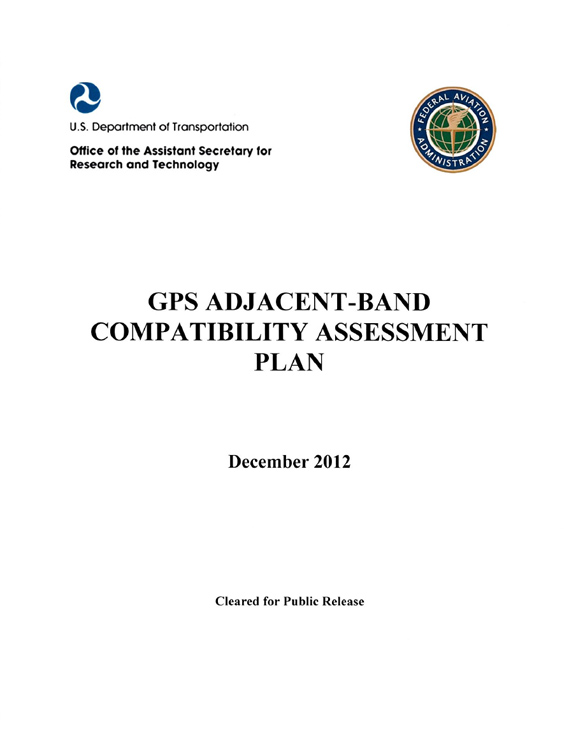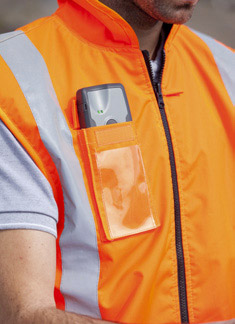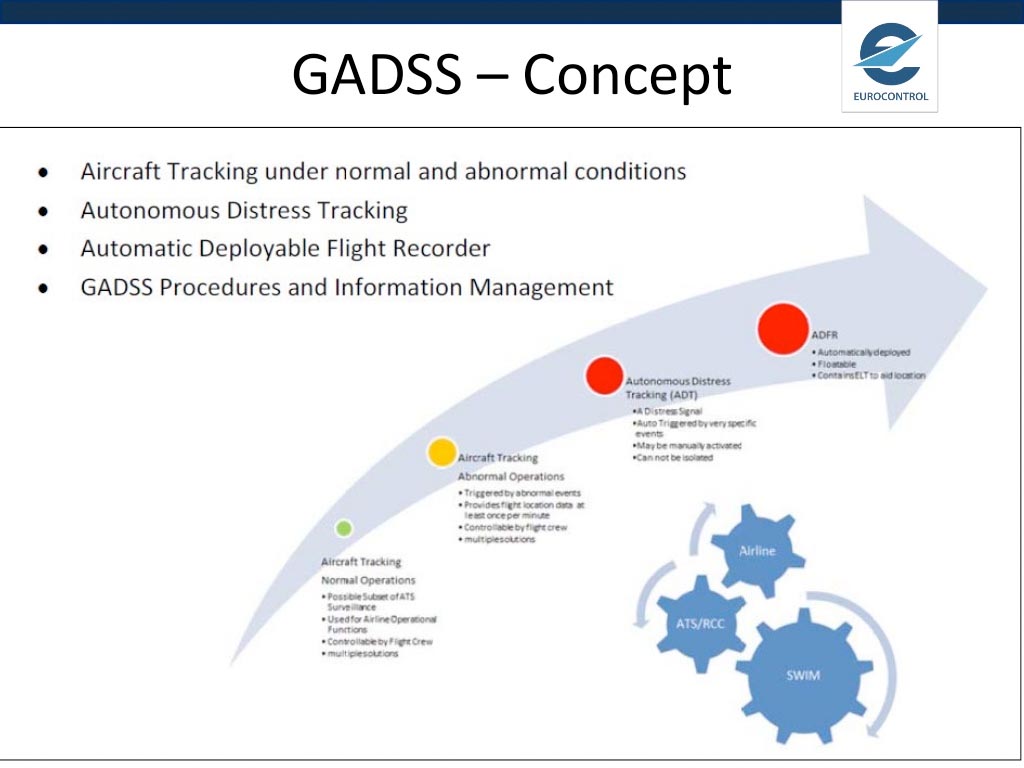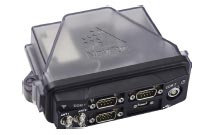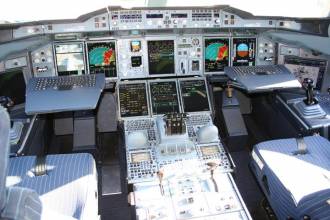Simulator Manufacturer Flags Leap Second Issue
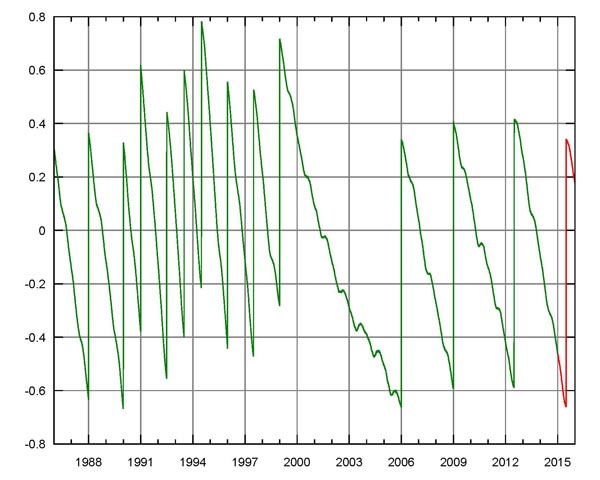 Graph showing the difference between UT1 and UTC. Vertical segments correspond to leap seconds. Source: Wikimedia Commons
Graph showing the difference between UT1 and UTC. Vertical segments correspond to leap seconds. Source: Wikimedia CommonsDifferences between BeiDou and GPS and Galileo in designation of a “day number” for the date of applying leap second later this year could cause problems for GNSS receiver manufacturers, according to UK-based simulator provider Racelogic.
By Inside GNSS

